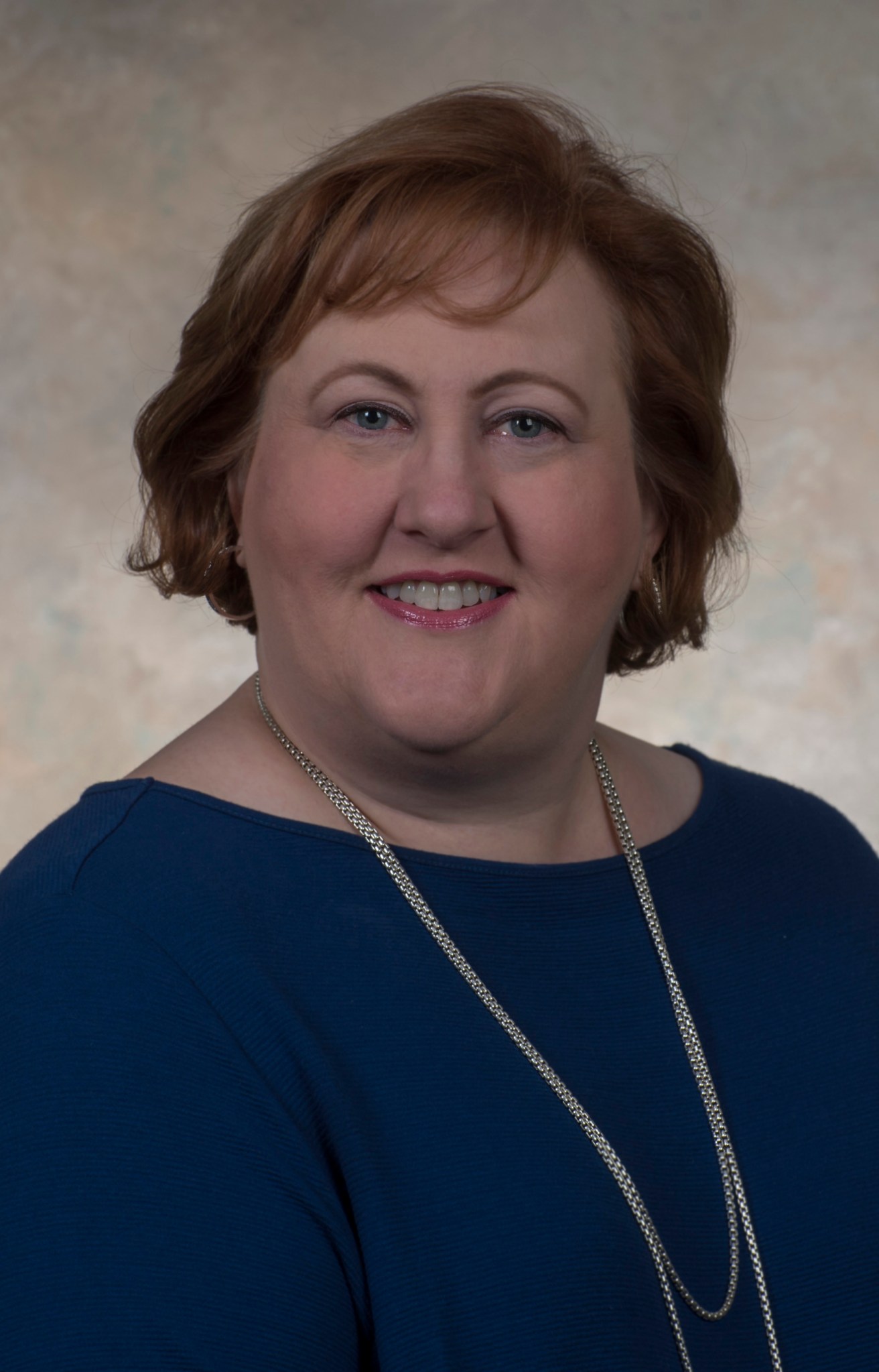Looking back on a quarter-century of service to the nation’s space program, Katherine Van Hooser, manager of the Chief Engineer’s Office at NASA’s Marshall Space Flight Center in Huntsville, Alabama, credits two influences for shaping her career: watching the first space shuttle launch, and the example set for her by a NASA legend.
Van Hooser, a native of Madisonville, Kentucky, remembers the buzz of news coverage leading up to STS-1, the first flight of Space Shuttle Columbia in April 1981. Then only a sixth-grader, she nonetheless recalls the spark of excitement it fired within her.
“I followed the space program through grade school and high school,” she said. “I collected newspaper articles on it. Eventually, I wrote to NASA’s Johnson Space Center in Houston, and they sent me press releases for the shuttle missions.”
That passion spurred her to pursue an aerospace engineering degree from the University of Tennessee in Knoxville, where she graduated with a bachelor’s degree in 1991. Even before she had her diploma in hand, she had accepted a position at Marshall to work on turbomachinery — highly complex turbine-driven pumps that increase the pressure of the propellants in rocket engines. Among her duties: participating in the redesigning of the high-pressure turbopumps for the space shuttle, under the guidance of former space shuttle main engine Chief Engineer Otto Goetz.
Goetz, who retired from NASA in 1996 and died in 2014, made a lifelong impact on Van Hooser, and his tutelage helped mold her to succeed him as a NASA chief engineer.
“What I admired most about Otto was his technical knowledge, combined with the way he listened to his team and challenged us in such a manner that we always felt respected and valued,” she said. “In so many ways, he set the tone for what I think a chief engineer ought to be.”
Today, she oversees nearly 150 NASA team members, assuring the technical excellence of all Marshall-assigned spacecraft, propulsion, science payload, life support and mission systems. She provides technical leadership in planning and executing ground and flight systems design and development and engineering support for NASA’s Space Launch System Program, its Human Exploration and Operations and Science Mission directorates and, at Marshall, the Flight Programs and Partnerships Office and Science and Technology Office.
History of success
Van Hooser’s long years of service in turbomachinery led to team and branch leadership roles in 2003-2004. Then, in 2005, she was named space shuttle main engine deputy chief engineer. In 2008 she was promoted to chief engineer for the same project, overseeing a multi-disciplined group of engineers and other personnel who supported the final 21 space shuttle flights.
Van Hooser thrilled at the opportunity. “I was stunned,” she said. “This was an important job with huge responsibilities, and huge amounts of pressure. But every day brought an exciting new challenge, the team was cohesive and immensely talented, and the results of our efforts were that we could send human explorers into space to inspire others, gain knowledge for the benefit of everyone and further NASA’s mission.
“Truly,” she added, “I felt like I had the best job on the planet.”
In 2011, she was named chief engineer for the Space Launch System Liquid Engines Element, overseeing engineering activities and the successful design and adaptation of the J-2X and RS-25 engines. She accepted a five-month assignment in 2012 as SLS acting deputy chief engineer, assisting the SLS chief engineer in leading overall engineering support, and tackled another engineering detail in 2013 as acting associate director of engineering for technical management. During that 15-month assignment, she helped lead an organization of approximately 2,600 civil service and support contractors and served on the overall strategic planning staff.
Before tackling her current position, she was deputy director of Marshall’s Materials and Processes Laboratory beginning in early 2015. There, she helped to manage science, technology and engineering endeavors related to materials, processes and products for use in space vehicles and related applications. She also was responsible for managing a number of research and development efforts in world-class facilities, including the National Center for Advanced Manufacturing.
In 2011, Van Hooser was awarded NASA’s Distinguished Service Medal, the highest honor it confers. In 2010, she received the astronaut corps’ Silver Snoopy award for outstanding achievements supporting human spaceflight and mission success. She also received the NASA Exceptional Engineering Achievement Medal in 2008, the NASA Software of the Year Award in 2001 — for her role in developing cutting-edge software to model turbomachinery fluid flow — and numerous special service and group achievement awards. She is the author of numerous technical papers and has been involved in session planning for American Institute of Aeronautics and Astronautics and Joint Army-Navy-NASA-Air Force conferences.
The recipe for a great chief engineer
Van Hooser is confident but humble about the work that lies ahead of her, as NASA prepares the Space Launch System for its first crewed mission early in the next decade, along with myriad science and technology programs and projects that will expand our knowledge of the solar system and the cosmos in the decades to come.
“No chief engineer has all the answers,” she said, “but I think the great ones demonstrate decisiveness and strong technical abilities, carefully and respectfully consider the advice of their technical experts, build a cohesive team and work to help team members develop both technically and professionally.”
She looks forward to working with the best and brightest minds across Marshall and NASA, and ushering in the next great era of human space exploration. “This is an exciting time for NASA,” she said. “I’m proud to be a part of it.”
Is she as excited now as she was back in the early 1980s, anticipating each shuttle launch?
She smiles. “Best. Job. On. The. Planet.”




























